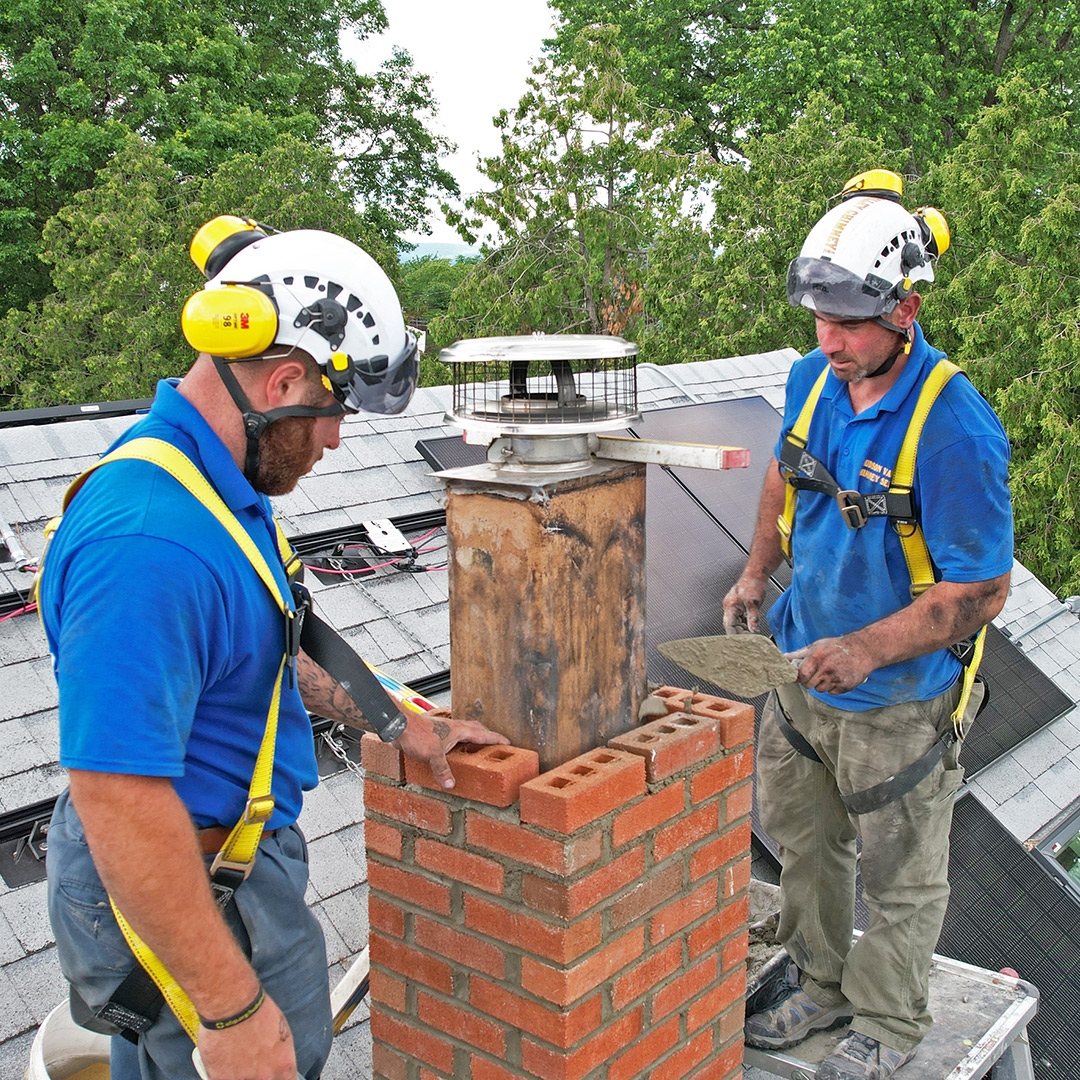Unlocking the Secrets of Sustainable Stonework Building Practices for Eco-Friendly Structures
Amongst the myriad strategies to eco-friendly building, sustainable stonework building and construction stands out as a tried and true and long lasting technique that holds a wide range of untapped possibility. From the option of materials to ingenious building strategies, the keys to attaining sustainability within masonry building are multifaceted and appealing.
Benefits of Lasting Masonry Building
Accepting lasting stonework building and construction techniques not only reduces environmental effect yet likewise uses long-term economic benefits to contractors and areas. By making use of materials like recycled blocks, blocks, and rocks, building contractors can dramatically lower the carbon impact of their projects while promoting resource effectiveness. In addition, lasting stonework construction methods, such as correct insulation and thermal mass buildings, can enhance energy effectiveness within buildings, causing minimized functional costs over time.
Furthermore, the resilience and durability of stonework frameworks add to long-lasting financial benefits. Buildings constructed utilizing sustainable masonry techniques usually require less upkeep and repair service, equating to cost financial savings for building contractors and residential or commercial property owners. The durability of masonry products also makes sure that frameworks remain stable and safe, reducing the requirement for frequent improvements or substitutes.
Eco-Friendly Masonry Materials
Using environmentally friendly masonry materials is an essential step in the direction of improving the sustainability of building and construction practices and reducing environmental effect while making best use of long-term financial advantages. Lasting masonry products are sourced, generated, and utilized in a fashion that reduces overall environmental impact. Materials such as recycled blocks, recovered stone, and sustainable concrete blocks are ending up being progressively prominent selections for eco-conscious builders. Recycled bricks, for example, not only divert waste from land fills however additionally call for much less power to produce compared to new bricks. Recovered stone provides a distinct visual charm while decreasing the demand for new quarrying. Sustainable concrete blocks incorporate recycled aggregates and may include enhanced insulation buildings, contributing to energy performance in structures.
Additionally, natural products like adobe, rammed earth, and straw bales supply superb thermal mass residential properties, lowering the requirement for home heating and cooling power. These products are usually locally readily available, advertising regional economic situations and decreasing transportation-related carbon discharges. By choosing environmentally friendly masonry materials, building projects can considerably reduce their environmental footprint and add to the development of much healthier, navigate to this site extra sustainable built environments.
Energy-Efficient Masonry Methods
Power effectiveness plays a crucial duty in improving the sustainability of masonry building and construction techniques. One key energy-efficient stonework strategy is the use of thermal mass, which entails incorporating thick products like concrete or brick right into the structure's structure to soak up and save warm.

Innovations in Sustainable Stonework
Recent advancements in sustainable masonry methods have caused innovative techniques that are improving the building industry. One such advancement is the growth of self-healing concrete, which uses microorganisms installed within the concrete to recover fractures autonomously. This advancement not just lowers upkeep costs but additionally enhances the resilience of stonework frameworks, contributing to their sustainability.
One more remarkable technology is the usage of recycled aggregates in masonry building and construction - masonry contractor. By including materials such as crushed ceramic waste or recycled glass into concrete blends, builders can minimize the environmental impact of building projects while maintaining structural honesty. This technique not only diverts waste from custom driveways land fills however likewise conserves natural deposits, making it a crucial improvement in sustainable masonry building
Furthermore, the combination of digital design devices, such as Structure Info Modeling (BIM), is reinventing the method masonry frameworks are prepared and created. BIM next allows for more exact estimations, reduced material waste, and enhanced energy performance, ultimately resulting in even more lasting building practices. These developments collectively symbolize an encouraging future for sustainable stonework building and construction in the era of environment-friendly buildings.
Future Trends in Masonry Sustainability
With the cutting-edge strides made in lasting stonework methods, the future fads in stonework sustainability are poised to additional revolutionize the construction market. Among the key fads forming the future of masonry sustainability is the enhanced combination of technology. Developments such as Structure Info Modeling (BIM) and virtual fact simulations are being used to maximize masonry construction processes, causing reduced product waste and enhanced energy performance in buildings.
In addition, the growth of unique sustainable materials is established to play a substantial duty in boosting the eco-friendliness of stonework building. masonry contractor. Innovations like self-healing concrete, recycled accumulations, and bio-based binders are obtaining traction for their ability to reduce ecological impact while preserving structural honesty

Verdict
Finally, lasting stonework building and construction techniques offer many benefits for environment-friendly buildings. By utilizing environment-friendly materials and energy-efficient methods, stonework can add to a much more sustainable built atmosphere. Technologies in sustainable masonry are constantly being established to further improve the environmental efficiency of buildings. Looking in the direction of the future, the pattern of stonework sustainability is anticipated to expand, resulting in more ecologically pleasant and energy-efficient building methods in the years to find.